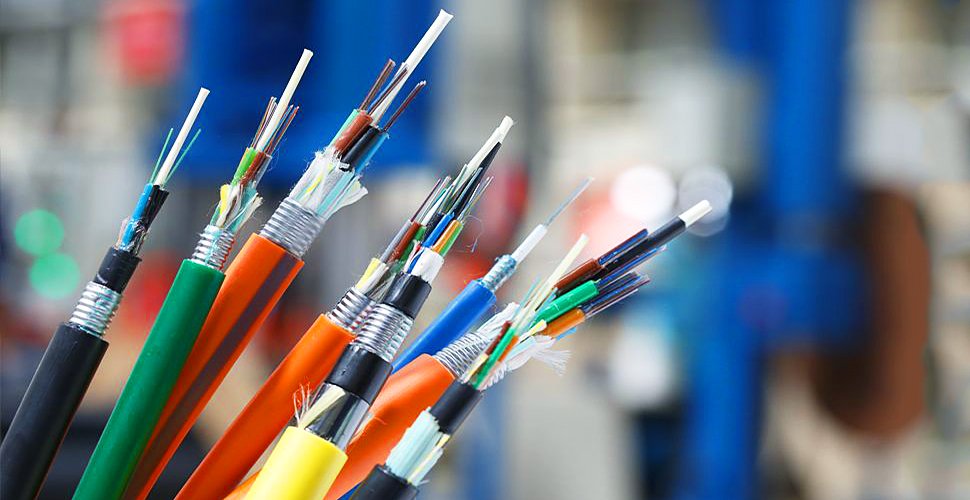Fiber Optic Cable Selection Information
Customers may be dazzled by the variety of cables in market. To choose the right fiber optic cable, you need to know the following:
 Figure 7: Different Types of Fiber Optic Cables
Figure 7: Different Types of Fiber Optic Cables
As it has been mentioned before, single-mode fiber is used for long haul or extreme bandwidth applications, while mutimode fiber is idea for short-distance transmission. Generally speaking, choose multimode optical cables if transmission distance is within 2km, if it is more than 2km, then use single-mode optical cables.
Unless you are making patch cords or hooking up a simple link with two fibers, it’s highly recommended that you include a number of spare fibers. Corporate network backbones are often 48 fibers or more. Most backbone cables are hybrids—a mix of 62.5/125 multimode fiber for today’s networks and single-mode fiber for future networks. To install as many fibers as you can afford because fiber is really inexpensive, compared to the cost of installation.
Simplex vs. duplex is just the difference between one fiber or two; between one connector at each end of a cable, or two connectors at each end. That's all there is to it. Duplex patch cords are the most common type, because the way that most fiber electronics work is that they need two fibers to communicate. One is used to transmit data signals, and the other receives them. However, in some instances, only one fiber is required, so simplex patch cords may be necessary for certain applications. If you're not sure, you can always be on the safe side by ordering duplex patch cords, and only using one of the two fibers.
Summary
Just over twenty years ago, fiber was introduced and required experts from Bell Labs to install it while copper wire was easy to install. Today it is often the opposite. Because fiber is so powerful, there is no question that online communication via the medium of fiber optic cable is our future, and fiber optics will carry the majority of the traffic. Only fiber optic cable, with its long reach, reliability, space savings, immunity to interference and relatively low cost, can help both public and enterprise operators control their budgets and deliver high quality services at even faster speeds.
